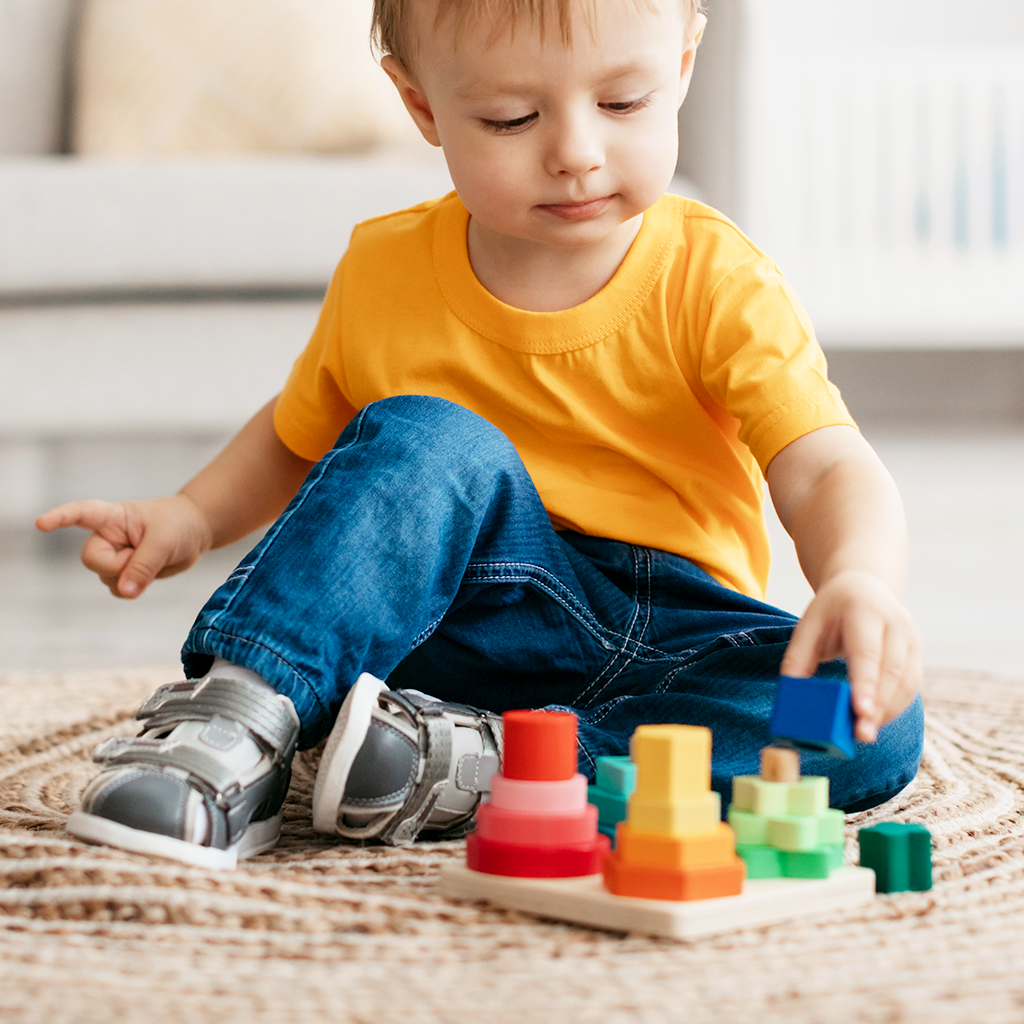
Taking a Closer Look at the Future of Toys
Toys have evolved immensely over the years. Due to the shift in mindsets and expectations, toys now fulfill more roles than simply just entertainment. They’re also used as a vehicle for more meaningful learning experiences for kids. And with the ever-growing definition of ‘meaning’, toy manufacturers are likewise expanding their horizons.
For many years, trends in the toy industry were leaning more toward digital play. But in recent years, we’ve seen the resurgence of physical toys that offer kids a more immersive play experience rather than just looking at a screen.

Addressing the lack of longevity
Since kids are growing up in such a fast-paced environment, their attention spans are likewise becoming shorter. It’s common to see a lot of parents buying new toys and gadgets for their children, only to be out and about looking for the next new thing within just a few months.
This is why toy makers are focusing on developing toys that can be passed on to the next generation. Going beyond sustainability, this effort also ensures that families retain a physical legacy that can be handed down via these toys.

Making play more gender-neutral
As adults, we tend to divide toys into two camps: for girls or boys. But children are the opposite. For kids, they only care about the toy as long as it keeps them happy and entertained. Once someone puts a “gender label” on a toy – that’s where the exclusion begins. Suddenly, it becomes odd for a boy to have an interest in toys that are marketed to girls, and vice versa.
This is why gender-neutral toys are essential – they promote social inclusion amongst children while also allowing them to explore things without unnecessary restraints. This is crucial to self-development, as having a safe space to cultivate one’s identity is part and parcel of healthy maturation.

Play with a purpose
Over the course of the pandemic, many parents have been able to invest in spending more quality time with their children. During that period, toys became more than a distraction tactic. Instead, parents were able to explore the potential of using toys as tools for cultivating social awareness and promoting personal development.
There’s nothing wrong with fun and games; neither is learning something from it! Purpose-driven play through toys can be instrumental to imparting essential life skills, such as cooperation, verbal communication, empathy and problem-solving. It can also act as a gateway to exploring important social issues, like environmentalism and gender equality.
